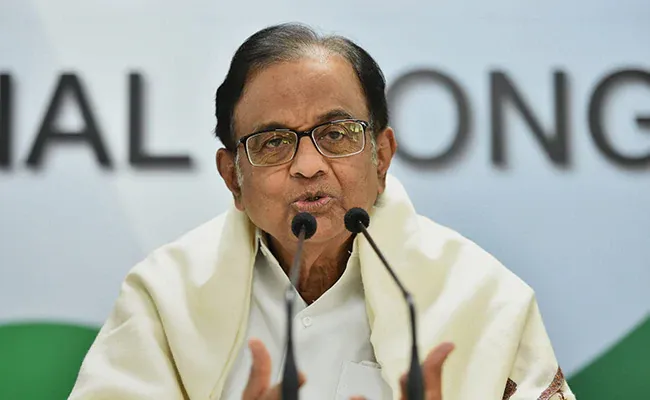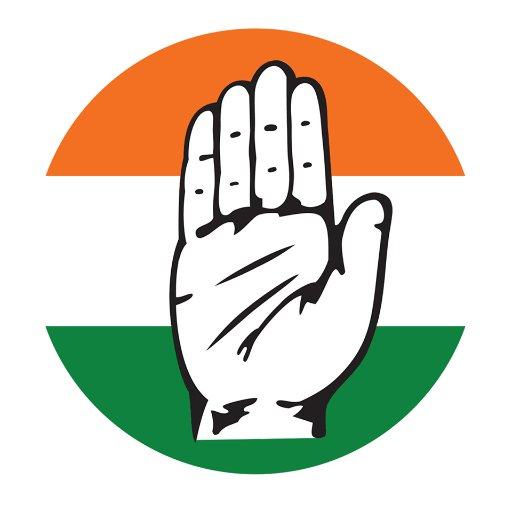The Pahalgam payback

- P. Chidambaram, M.P
The terrorist attack on selected tourists in Pahalgam, Kashmir on April 22, 2025, required an effective, deterrent response. The question was, what level of response? There were jingoistic calls for ‘revenge’ and massive retaliation. Few people realized that the response could not be a full-fledged war between India and Pakistan. Prime Minister Modi had intervened during the early days of the Russia-Ukraine conflict and told the President of Russia, Mr. Putin, on September 16, 2022, “this is not an era of war”. These words had won Mr. Modi warm applause throughout the world; in India, they earned him praise as a statesman and peacemaker.
Several countries of the world remembered the words and privately counseled India. There were other reasons as well not to start a war: first, unlike the Russia-Ukraine conflict or the Israel-Hamas conflict, both parties in the India-Pakistan confrontation were nuclear powers and possessed nuclear weapons. Second, the world had become intolerant of war. The two major wars that are raging have consumed, so far, 13,000 lives in Ukraine and 50,000 lives in Gaza apart from hundreds of casualties in Russia and Israel. Another major war between two nuclear powers would have brought the world’s stability and economy to the brink of disaster.
Wise Decision
Mr. Modi realized these constraints and wisely chose a calibrated military response limited to selected targets. On Tuesday, May 7, 2025, Indian forces launched missiles and drones aimed at nine targets (4 in Pakistan and 5 in Pakistan-occupied Kashmir), and destroyed what are believed to be the core infrastructure of terrorist groups. It was a deliberately limited operation — both in scale and time — and achieved its objectives. It was a legitimate response of an aggrieved country.
The Indian response did not target civilian habitations or property. Nor was it aimed at Pakistan’s military infrastructure. As expected, Pakistan retaliated in the only manner it could have under the influence of the Army generals and the ISI — firing across the Line of Control (LoC). If Pakistan had started a full-scale war, it would have earned the opprobrium of countries including OIC. However, it would be naive to assume that the military bosses in Pakistan would not retaliate more aggressively in the ensuing days and weeks.
Besides, it would be equally naive to assume that the three targeted terrorist organizations — The Resistance Front (TRF), Lashkar-e-Taiba (LeT) and Jaish-e-Mohammed (JeM) — had been wiped out in the May 7 response. Their leadership is still intact and, in the past, they have demonstrated they are capable of throwing up new leaders to take the places of slain leaders. More importantly, there are young men in Pakistan who are willing to be recruited, trained and motivated to commit acts of terrorism in India including sacrificing their lives. As long as Pakistan’s military bosses and the ISI rule the roost, the threat to India will not be over.
Loss Inevitable
In any conflict, it cannot be expected that one-side alone would suffer loss of lives or military equipment. The government of India has admitted that some Indian civilians were killed in cross-border firing. It is sad and painful but, given the long border/LoC, some casualties are unavoidable. It is possible that India has lost some military hardware. Pakistan has made vain claims about shooting down aircraft but, in an interview to BBC, a stuttering and stammering Defence Minister of Pakistan was not able to give any evidence in support and cut a sorry figure. If the cross-border shelling spreads, despite precautionary measures, there will be more losses on the Indian side. War is pitiless.
Under Mr. Narendra Modi there have been three major incidents of terrorism in Kashmir — Uri, Pulwama and Pahalgam. After each incident, the government responded in a guarded manner. It appears the government has learned to speak and act more candidly and transparently: after the May 7 response, the government released maps and visuals. In a smart move, the government fielded two young women officers, one from the Army and one from the Air Force, to brief the media on live television. The nation watched. The only sour note was the absence of the Prime Minister at the All-Party meetings held on April 24 and May 7. The people have also noticed that Mr. Modi has not visited Kashmir after the Pahalgam attack; nor has he visited any of the families of the victims. The non-visit has drawn comparison with his inexplicable refusal to visit conflict-affected Manipur since May 3, 2023.
Pak’s Dilemma
On May 8, Pakistan changed tack and retaliated deploying missiles, drones and aircraft. India launched a counter-offensive, and targeted Air Defence systems at a number of locations in Pakistan. India called its actions measured and non-escalatory but Pakistan viewed them differently. I think the government of India has cleverly lobbed the ball into Pakistan’s court and signaled ‘if you want a war, we are ready’. The wise course for Pakistan would be to put Pahalgam and its consequences behind it, restrain the militants and wind down to an uneasy truce with India. The question is, who is in charge in Pakistan? Is it the shambolic civilian government under Prime Minister Shehbaz Shariff (brother of Mr. Nawaz Shariff) or the Pakistan Army and ISI? Brace yourself for an uncertain future, tense border, war alerts, higher intensity conflict, cross-border firing, and military and civilian casualties. Difficult days are ahead.
The author is a former Union Minister
Courtesy: The Indian Express







